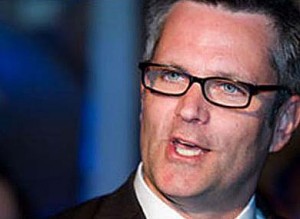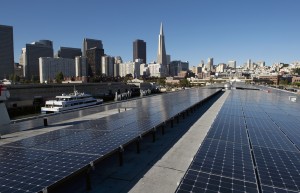MCE (Marin Clean Energy), a program offering cleaner energy choices for electric customers in Marin County and the City of Richmond, sponsored GRID Alternatives’ largest installation event earlier this of the year at the May 8th annual Bay Area Solarthon.On September 7, 2013 solar panels were installed on the roofs of more than 8 low income homes in Richmond’s Iron Triangle. The Solarthon community installation event is, a fundraiser and solar block party that brings together hundreds of people including individual fundraisers, corporate sponsors, job trainees, community leaders and the homeowners themselves to install multiple solar systems in one neighborhood in a single day.
The funds raised at the Solarthon event are used to further support GRID Alternatives’ work to bring clean, affordable energy and hands-on solar installation experience to families and workers that need it most. Participants get hands-on experience installing solar with and for local families.
MCE offers its customers 50 percent renewable energy, more than twice that offered by PG&E, at affordable rates and also has one of the best Net Energy Metering programs in California. “The Solarthon event aligns with our mission and goals to provide local clean energy alternatives and demonstrates our commitment to environmental and community sustainability,” said Dawn Weisz, Executive Officer of the Marin Energy Authority, which administers MCE. “We’re pleased to support this event and GRID Alternatives as another way to foster community control, workforce development and renewable energy in Richmond.”




